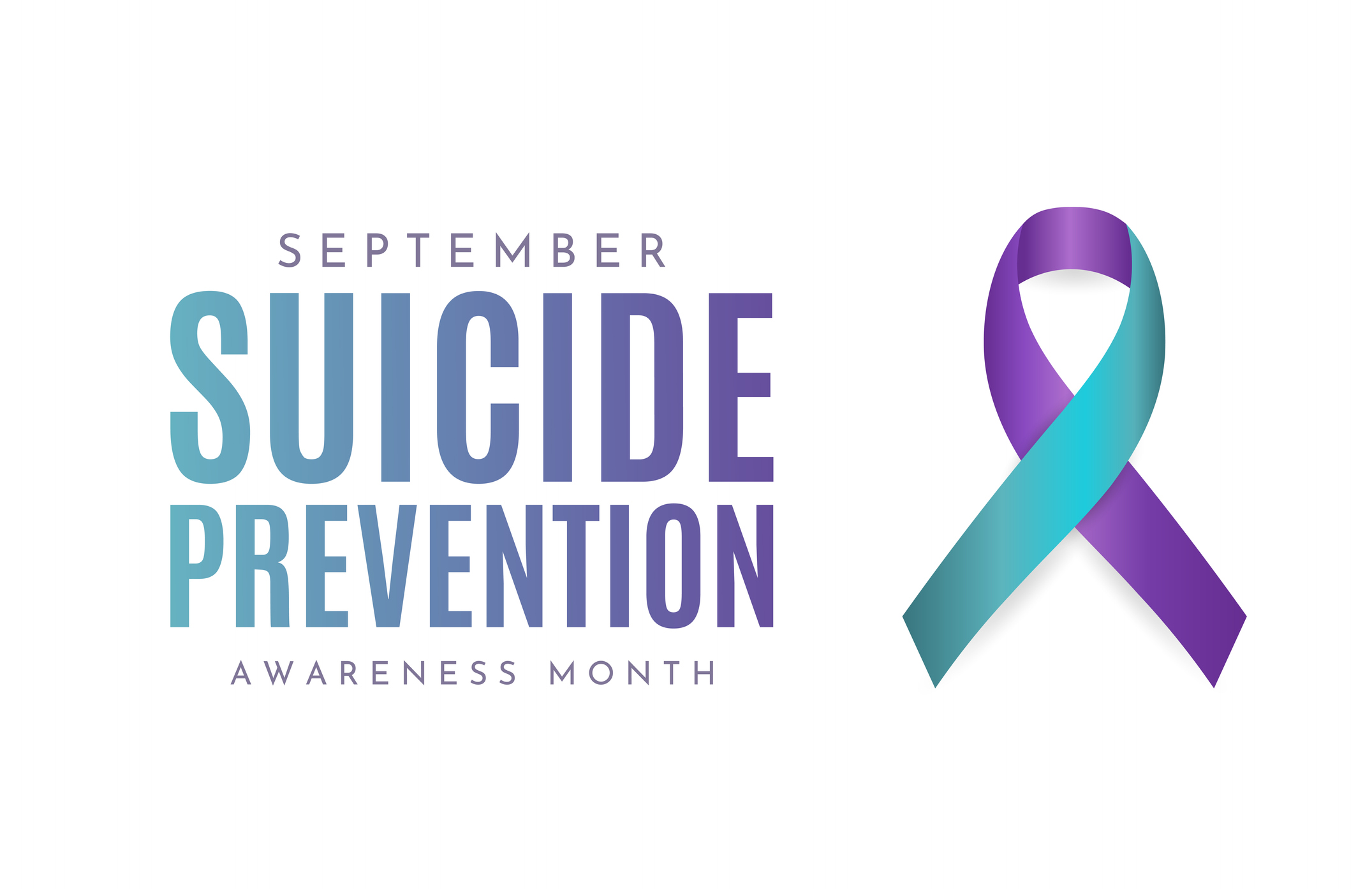Written by: Jason Jowers, MS, MFT
September is more than just the transition from summer to fall; it’s also a time when we come together to raise awareness about an issue that affects millions of people worldwide—suicide. National Suicide Awareness Month is a crucial period during which we focus on spreading hope, support, and resources to help those in need. We wanted to fully explore the significance of this month, the objectives of many suicide prevention organizations, and how you can get involved in the efforts to prevent suicide and promote mental health.
National Suicide Awareness Month, also known as Suicide Prevention Month, serves as a reminder of the importance of addressing mental health challenges and the devastating impact of suicide on individuals, families, and communities. The month-long observance aims to reduce the stigma surrounding mental health, increase awareness about suicide risk factors, and encourage open conversations about this sensitive topic.
Suicide is a global public health concern, with millions of lives lost each year. According to the World Health Organization (WHO), nearly 700,000 people die by suicide annually (World Health Organization, 2023). In the United States alone, suicide claims over 47,000 lives each year, making it the 10th leading cause of death. These numbers are not just statistics; they represent the profound loss of human potential, happiness, and future contributions.
For our military populations, suicide is a serious public health concern as well. Knowing that most military service members are young (between 18 and 29), it’s important to know that considering that suicide is the fourth leading cause of death among 15-29-year-olds (World Health Organization, 2023). These are formative years and especially important to keep in mind when working with military families affected by suicide.
The Objectives of Suicide Prevention Month
The objectives of Suicide Prevention Month for many organizations and those who work in a mental health capacity include:
- Raising Awareness: The primary goal of Suicide Prevention Month is to increase awareness about the prevalence of suicide, its warning signs, and the resources available for those in crisis. Through education and information dissemination, we can break down the barriers that prevent people from seeking help.
- Reducing Stigma: Stigma often keeps individuals from discussing their mental health challenges or seeking help when they need it. This month provides an opportunity to challenge and change these harmful stereotypes, promoting empathy and understanding.
- Promoting Mental Health: Mental health is just as important as physical health. Suicide Prevention Month encourages everyone to prioritize their mental well-being and seek support when needed. It also emphasizes the importance of early intervention and regular mental health check-ups.
- Encouraging Conversations: Suicide is often a topic that people avoid discussing due to its sensitivity. This month encourages open, non-judgmental conversations about mental health and suicide, helping those struggling to feel heard and understood.
Suicide Prevention Resources
Throughout September, organizations and communities offer a wealth of resources, including helplines, support groups, and educational materials. These resources are essential in helping individuals in crisis and providing guidance to their loved ones. Key resources include:
- American Foundation for Suicide Prevention
- CDC Center for Disease Control and Prevention
- Suicide Prevention Resource Center
- National Institute of Mental Health
For more OneOp programming on suicide prevention issues and working with military families, feel free to watch our archived webinars from last year. “Suicide Prevention and Working with Military Families” and “Suicide Prevention and Intimate Partner Violence” still have free continuing education credits available.
Resources
World Health Organization (WHO), (2023). Suicide Factsheet. Retrieved from: https://www.who.int/news-room/fact-sheets/detail/suicide
Blog Post Image: Credit:BojanMirkovic Stock illustration ID:1412744900













